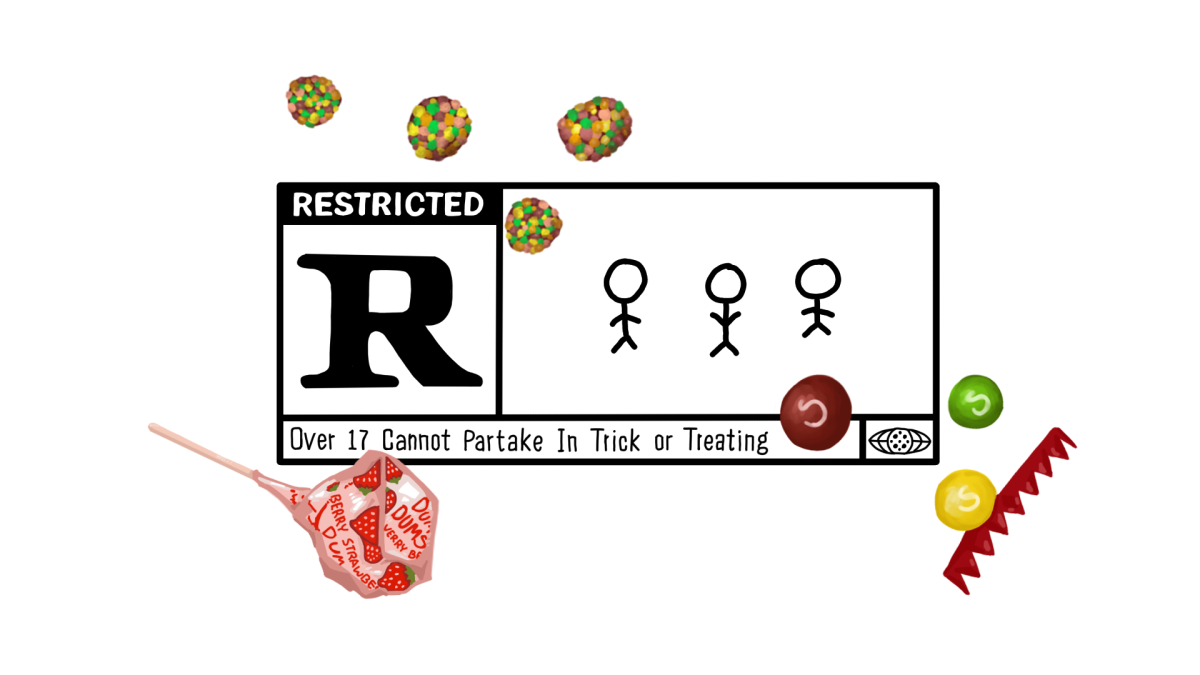Which look are you going for today? Coquette? Clean girl? Maybe an office siren? Well, take the bows out of your hair and remove the Adidas Sambas from your cart — the rise of sub-aesthetics and microtrends has gotten out of control.
Microtrends are trends that gain and lose popularity very quickly and people who follow them are often considered “chronically online” because they are so dependent on internet culture. When obnoxious microtrends like “tomato makeup” and “coastal cowgirl” are so vehemently dominating our feeds, fashion and style stray further from creativity and a unique form of self-expression and instead become a contest of who can best fit into a trendy mold promoted by an influencer. These trends often work by creating insecurities and selling a “solution.” Having “legging legs,” for example, is desirable because they are thin with a thigh gap. To capitalize on this, companies promote their leggings and unhealthy weight-loss methods to help you achieve this ultimate look. In less than a month, however, these “legging legs” will fade out of the spotlight, but the insecurities created will remain. Other niche trends such as categorizing beauty into boxes such as “deer pretty” or “fox pretty” escalate insecurities as they are often based on unrealistic Eurocentric beauty standards. But when a pretty influencer comes up on your screen and you see her using a new bunny-tongue-colored lip oil or snail mucin that will supposedly give you glass skin like hers, how are you supposed to not be influenced?
Since microtrends are being created and evolving faster than ever, their popularity is encouraging consumerism at an alarmingly rapid rate that is incredibly harmful for the planet. While it may be just “a phase” to you, the clothes that end up in landfills and tons of carbon emissions from transportation are not as fleeting. Microtrends encourage fast fashion, one of the largest polluters. Fast fashion not only exploits workers in inhumane working conditions but produces a large amount of waste. Clothes account for 35% of microplastic pollution, in which these microplastics are found in animals, oceans and even our bloodstreams, according to the Microplastic Pollution Coalition. Apart from this, a large percentage of fast fashion products contain chemicals such as formaldehyde, glyphosate and polyfluoroalkyl substances, all of which are known carcinogens, or cancer-causing chemicals.
Despite the rampant popularity that accompanies microtrends, the harmful ideology of total fashion integration is bad for not only the environment but also the individuality that is so important in our culture. By resisting these trends, we can save money, our sense of style and the planet.



















